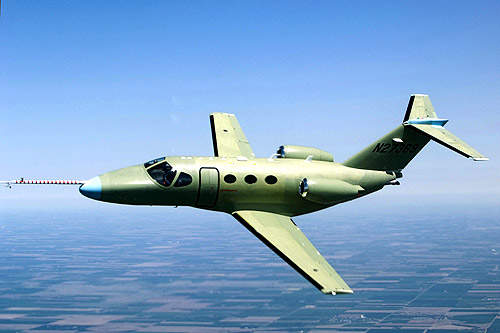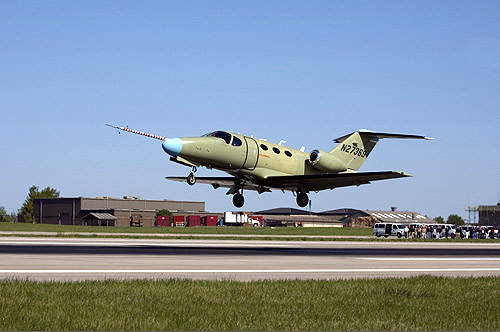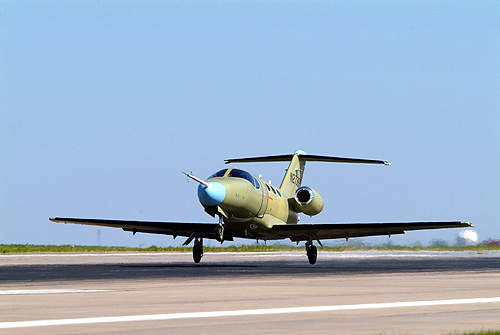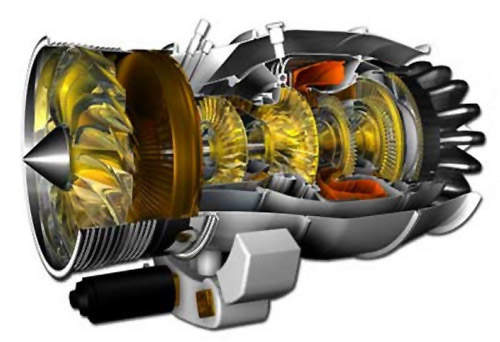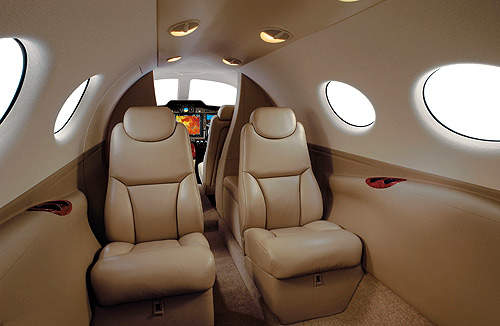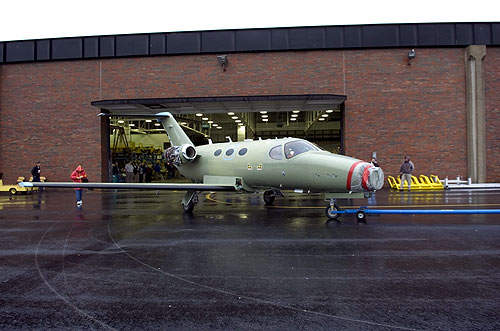The Citation Mustang is a single-pilot business jet and is the smallest of the Cessna Citation family. Introduced in 2002 as an all-new entry-level four-passenger business jet, the Citation Mustang has a cruise speed of 340kt and a maximum operating altitude of 41,000ft.
The first flight of the Mustang took place in April 2005. The 141-minute first flight departed from the McConnell Air Force Base and landed at Mid-Continent Airport in Wichita, Kansas.
Three prototype aircraft were used for certification procedures. The Cessna Citation Mustang achieved full Federal Aviation Administration (FAA) type certification in September 2006 and European EASA certification in May 2007, including steep approach certification. High-altitude certification testing, in La Paz, Bolivia, completed in July 2007.
Citation Mustang achieved Russian type Certification from Russia’s Interstate Aviation Committee in September 2009.
The Citation series of aircraft began in 1968 when Cessna announced the development of the Fanjet 500, an eight-seat pressurised turbojet, which was renamed the Citation after it completed its first flight in 1969.
The Mustang (four-seat cabin) is the smallest of the Citation business jet family, which currently also includes the Citation CJ1+ (five seats), CJ2+ (six seats) and CJ3 (six seats), Encore+ (seven seats), CJ4 (eight seats), XLS+ (nine seats), Sovereign (nine seats) and the largest, the Citation X (eight-seat cabin). More than 5,000 Citations aircraft are in service worldwide.
In March 2010, the Citation Mustang completed its first customer demonstration tour at India Aviation 2010 in Hyderabad, India. The tour marked the Mustang’s public entry into India. Mustang Business Jet received certification in India in July 2010.
Order and deliveries
The first retail Citation Mustang was delivered in April 2007. The 100th was delivered in August 2008 and Cessna has received orders for more than 500 Mustang aircraft. Singapore Flying College’s (SFC) facility in Australia received a Citation Mustang in February 2010, the first of five ordered by SFC. The remaining four Mustangs will be delivered over the next three years.
Cessna delivered its 300th Mustang in April 2010.
The Turkish Airlines Flight Training Academy ordered two Mustang business jets in May 2010.
Mustang construction
The prototype and first production aircraft were assembled at Cessna’s Pawnee manufacturing facilities in Wichita, Kansas.
A full production line has been installed at Cessna’s Independence, Kansas, facilities and the Mustang is the first of the Citation family of aircraft to be built at Independence.
Cessna has announced a “Mustang ease into the saddle programme” for new Mustang customers. The anouncement was made at the Experimental Aircraft Association’s conference at Airventure-2010, Oshkosh in July 2010. Cessna also announced the new High Sierra edition of the Citation Mustang at the same conference. The High Sierra edition will feature electronic charts and a Garmin G1000 equipped with synthetic vision technology. It will also feature locking fuel caps, a paint scheme, luxury editions of interiors, and service and parts programmes.
G1000 avionics flight deck
The Citation Mustang is equipped with an all-glass cockpit, with a fully integrated Garmin International G1000 avionics suite with dual-channel autopilot.
A 15in multifunction display is installed in the centre of the instrument panel flanked by two 10in primary flight displays. The flight and aircraft systems data, including attitude, air data, engine instrumentation, real-time weather data link, traffic and terrain data is digitally displayed.
The high brilliance colour Thin Film Transistor (TFT) displays on the G1000 system provide XGA (1,024×768) resolution with wide viewing angles and clear sunlight readability.
The G1000 is a lightweight, modular design avionics system with open architecture. It includes dual digital audio control panels and dual integrated radio modules that provide WAAS-capable in-flight rule (IFR) oceanic-approved global positioning system (GPS), VHF navigation with instrument landing system (ILS) and VHF communication with 16W transceivers and 8.33kHz channel spacing.
The G1000 avionics suite also has dual mode-S transponders with traffic information service; dual solid-state attitude and heading reference systems (AHRS); dual reduced vertical separation minimum (RVSM)-compliant digital air data computers; three-axis digital automatic flight control system (AFCS); four-colour digital weather radar; and an integrated class-B terrain awareness and warning system (TAWS) with worldwide terrain and obstacle database.
The G1000 avionics suite also includes SafeTaxi which gives a graphical representation of the aircraft in the airport environment.
Citation Mustang cabin
The Citation Mustang can seat four passengers in club configuration in the cabin. The cabin has a length of 2.97m (excluding the cockpit), width 1.40m and height 1.37m. Baggage capacity is 1.61m³.
Engines
The Mustang is powered by two Pratt & Whitney Canada PW615F engines each rated at 6.49kN (1,460lbs) thrust. The engines are equipped with dual-channel full authority digital engine control. Engine testing started in March 2005 and engine certification was received in December 2005.
The Mustang has a cruise speed of 630km/h and range of 2,161km. The aircraft flies at a maximum altitude of 12,500m.

